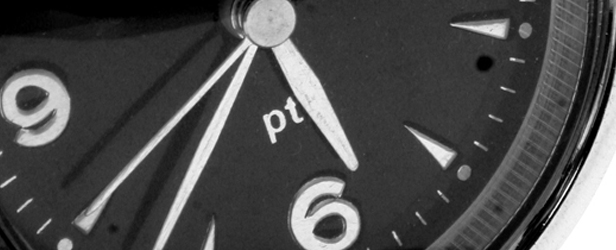
In a classic commercial for CCM, a company that manufactures hockey equipment, a young man enters a bowling alley, places his bag on the lane, and Alex Ovechkin appears in his bag. Ovechkin stares at the young man and incredulously states, “No one ever got better at hockey by bowling.” As the parent of a youth “athlete” who plays ice hockey, you’d think this would be common sense, but sadly it’s not. Hockey parents are notorious for looking to other sports as a means to whip their children into shape for playing hockey. Worse yet, the parent might sign the child up for more hockey, only to burn the child out before or right after high school. I can’t even begin to count all of the student athletes I’ve seen quit a sport they once loved due to being completely burnt out.
However, I see this line of thinking from parents in many sports, not just hockey. The idea goes something like, “My son/daughter needs to be in better shape to play sport 'X', so when the season is over, I’ll sign them up for sport 'Y'."
Ultimately, the child never gets in better shape, and he/she never gets stronger, faster, or more powerful. When I refer to young “athletes,” I’m referring to kids who are in the 9- to 14-year-old range. By and large, this age group rarely spends time outside playing ball, running around, or much of anything anymore. They’re inside playing video games, doing homework, etc. They get their “fitness” from the sport they play. Then, what often occurs is that parents view their child's practice time as his/her “workout.” With this line of thinking, parents then believe that their child must be in-shape since he/she has three practices a week. Yet, if the child is predisposed to poor nutrition at home, he/she becomes prone to obesity or never reaches an optimum level of performance no matter how much training and practice time he/she puts in.
What then is the answer? I think the answer depends on a handful of factors such as age, level of “fitness,” and the level of interest the child has for the sport in which he is participating. That is a very important point — the child's level of interest. The child plays, practices, and trains — not the parent. I see far too many parents seeking scholarships for their kids by having them play sports rather than having their child hit the books. Often, a tutor would better serve their children than simply signing them up for more sports...but then many of us would be out of jobs.
More skills clinics will not raise the level of fitness; it will simply raise the level of skill. Hockey is a sport that requires a high level of anaerobic fitness and power. I’m not a big fan of pigeonholing kids into a sport at a young age. By high school, however, I’d say that a child can narrow his/her focus to a sport or two of choice. Given that, the modes of training to specialize in a particular sport can come into focus.
For a sport such as hockey, several types of Prowler® sledding, tire flipping, battling ropes, and slideboarding make up quite a bit of an athlete's conditioning program. My athletes follow their conditioning with the weight training portion of their sessions. Exercises appropriate for the given sport are then performed. In terms of hockey, these exercises would include squatting, lunges, etc. After all of that, I add in their agility training. Why do I do this after? Because any athlete can make good decisions when they are fresh. I, however, like to see my athletes make decisions when they are tired and fatigued.
Can the adolescent or high school athlete develop a high level of fitness for his/her given sport without training? I’m not bold enough to say no; however, it wouldn’t be the rule — it’s the exception. Andrew Bynum may have thought bowling would help him get back on the court for the Sixers, but perhaps he should’ve viewed and heeded the advice in Ovechkin’s commercial.










